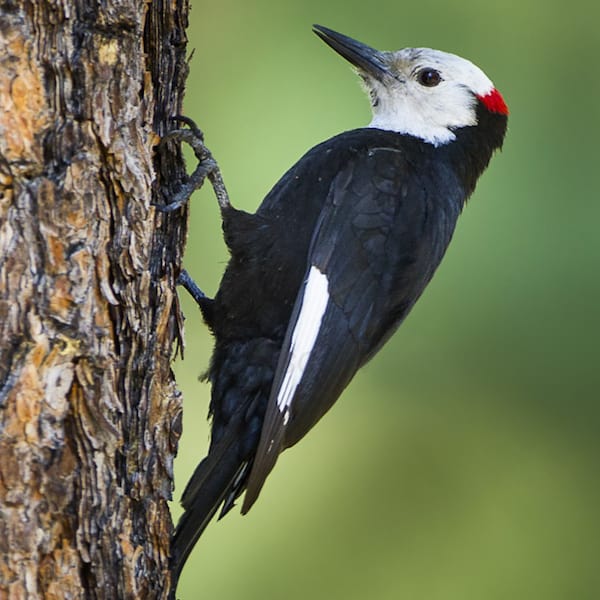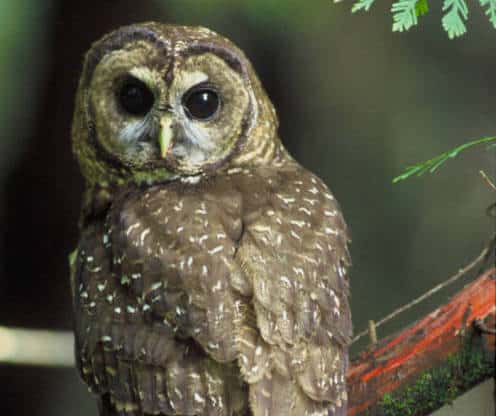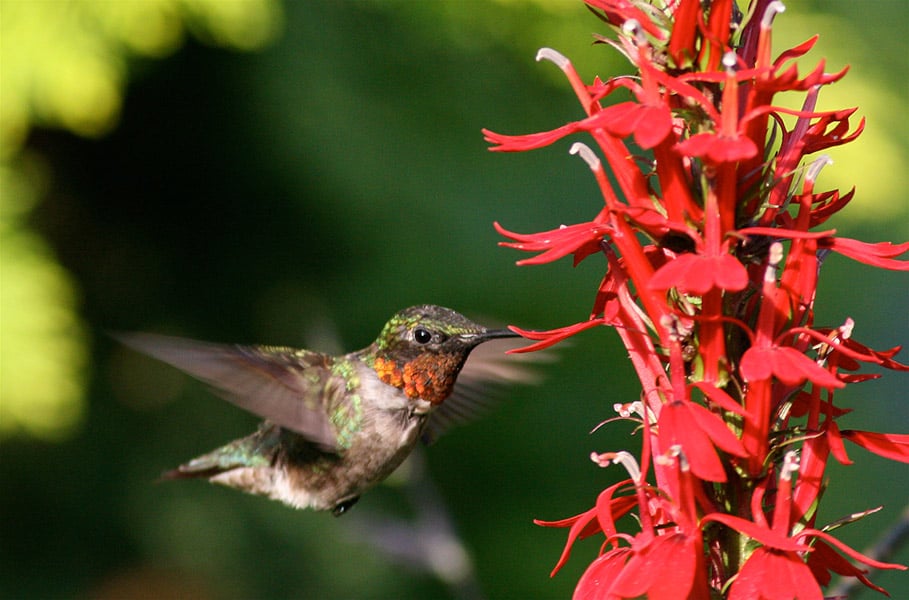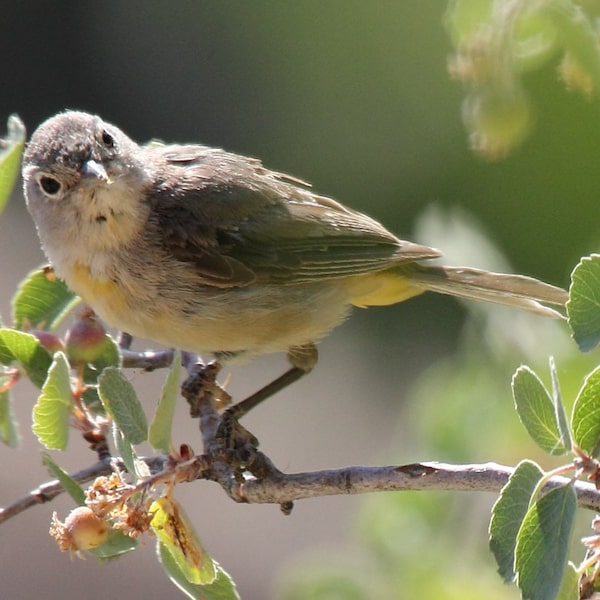Look for
The white-headed woodpecker has, as the name suggests, a white head and throat—distinctive in North America. Males have a small patch of red on the back of the crown, while the rest of its body plumage is a solid black. It has white patches on its wings and black legs and bill. Its flight is undulating, alternating flapping with gliding.
Listen for
The white-headed woodpecker’s call is high-pitched series of two or three notes pee-deek or pee-dee-dee-deek.
Find it
The white-headed woodpecker can be found almost exclusively in the western United States, save for a small southern sliver of British Columbia, Canada. It lives year round in Washington, Idaho, and Oregon as well in Ponderosa pine forests throughout California and western Nevada.
It is a quiet, elusive bird of pine forests in mountainous regions. It prefers trees with high seed counts, especially Ponderosa pines. Although the species is considered nonmigratory, in particularly harsh winters, the white-headed woodpecker travels down from the mountains in search of warmer climates and easier to find food.
Diet
The white-headed woodpecker feeds primarily on pine seeds and insects, including ants, spiders and beetles. It forages for insects by gleaning them off tree trunks and limbs or by flying out to catch them midair. It forages pine seeds by cracking cones open and eating from them. It may glean on tree bark, but rarely bores into tree trunks for insects.
Nesting Behavior
The white-headed woodpecker builds its nest in the cavity of a typically dead pine or oak tree, anywhere from 5 to 25 feet above the ground. The hole is drilled and excavated by both sexes. The female lays 3-7 eggs that are a plain off-white. Both parents incubate the eggs for 14 days before hatching.
Both parents feed and care for the young before they leave the nest after 26 days. Each parents cares for one or two of its young fledglings, feeding them for several weeks, and associating with them until autumn.




